A decade after the Daesh group’s brutal attack on Syria’s Christian villages, the remnants of Tel Tal village paint a haunting picture.
Once home to the Saint Odisho church, which called believers to worship, it now stands in ruins.
The church was destroyed in 2015, as Daesh terrorists ravaged more than 30 villages along the Khabur River, killing dozens, wounding many more, and taking over 200 Christians hostage.
The church’s bell rang out, but the village was already empty, with families fleeing to the U.S., Australia, Canada and Europe.
This February, Christians in northeastern Syria mark the 10th anniversary of the Daesh assault, a painful reminder of the forced exodus that reshaped the region.
With the anniversary approaching, local leaders like Ishaq Nissan, a Christian who fled Tel Tal, reflect on the community’s devastation and what remains of their heritage.
“This is where we baptized our children, where I got married,” Nissan said, standing at the church’s demolished site.

The past decade has seen the near-total displacement of Christians from the area.
Once numbering 45,000 across 34 villages along the Khabur, the Christian population has drastically shrunk, with many survivors leaving for safety.
Some, like Nissan, returned after Christians regained control, while others, like 78-year-old Elias Antar Elias, fled under harrowing circumstances.
Elias still carries the painful memory of seeing the beheaded bodies of Christians as he escaped Daesh’s rampage, an image that haunts him.
“We were living in peace and never expected this dark day to happen,” Elias said, his voice heavy with the weight of that history.
Today, only 30 people remain in his village, down from 400 before the attack.
The impact of the Daesh assault extends far beyond the immediate loss of life.
Churches were destroyed, homes abandoned, and a thriving Christian culture was scattered across the globe.
Syriac Orthodox Archbishop Maurice Amsih, who oversees the remaining Christian communities in the northeast, expressed a collective longing for cooperation between all Syrian factions to safeguard religious and ethnic rights.

“We want to be treated in a civil way,” Amsih told The Associated Press (AP). “We hope for peace where all parties respect everyone’s rights.”
Leader of the anti-Assad regime group Hayat Tahrir al-Sham and the new interim president, Ahmad al-Sharaa, has reassured that religious freedoms will be preserved.
Before the civil war that began in 2011, Syria’s Christian population was about 2.2 million, roughly 10% of the country’s 23 million people.
Under Assad, they enjoyed relative religious freedom, including the presence of a Christian parliament speaker.
However, the war, combined with the rise of Daesh, led to widespread displacement.
Christians, once part of the fabric of Syria’s diverse society, are now a fraction of their former numbers.
In places like Tel Nasri, Christian villages now serve as temporary homes for displaced people, and remnants of their churches, like the damaged Church of the Virgin Mary, remain as symbols of what was lost.
Despite the uncertainties of living under new leadership, some Christians like Janet Chamoun have chosen to stay.
Having survived a 2015 car bomb attack, Chamoun remains steadfast in her faith, saying, “Despite the fear, we decided to stay. Our home and roots are here.”




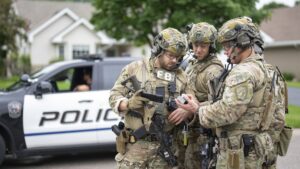

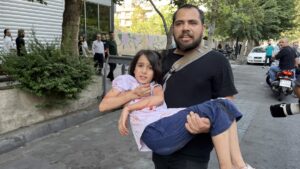
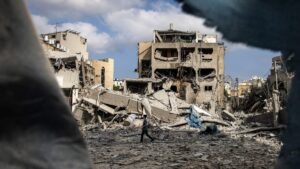
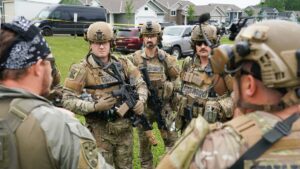
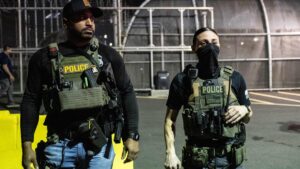
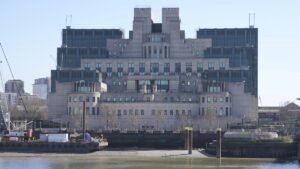
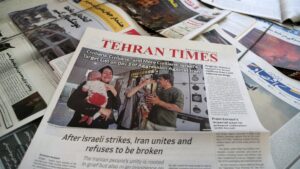
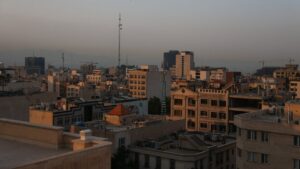
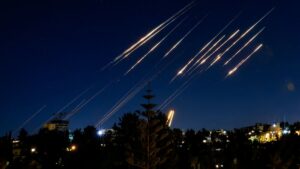
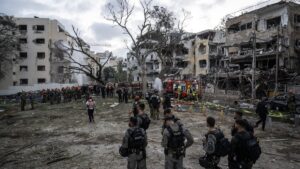
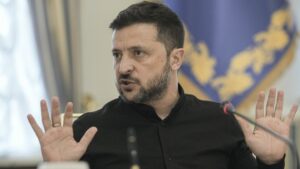
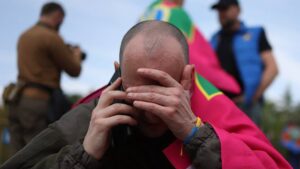
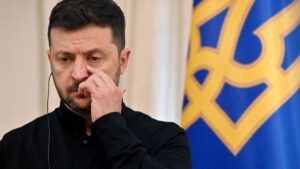
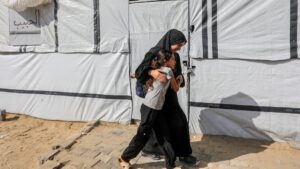
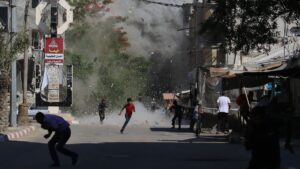
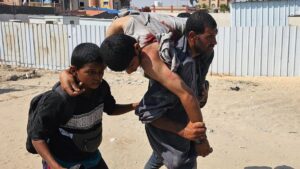
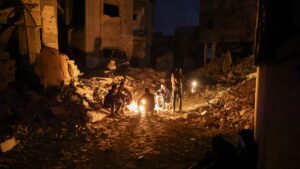
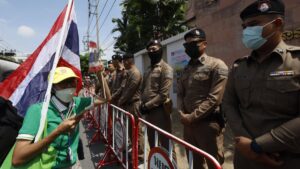
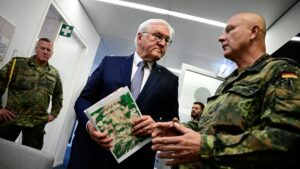
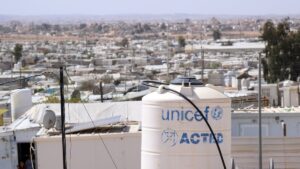
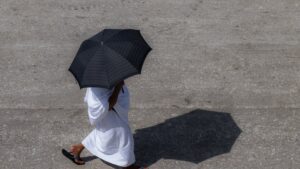
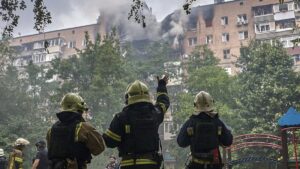
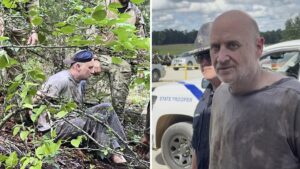
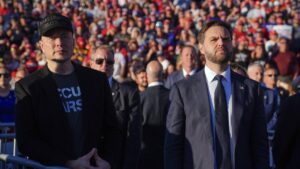

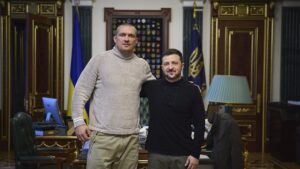
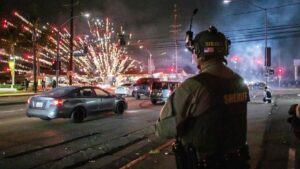
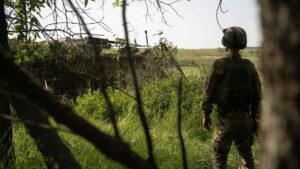
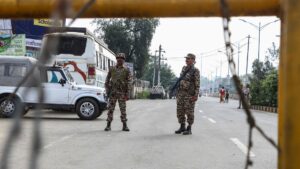
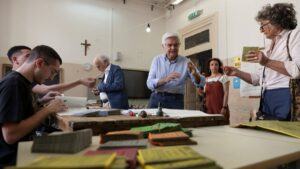
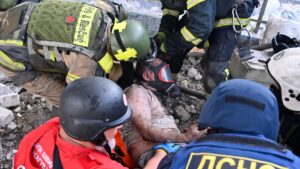
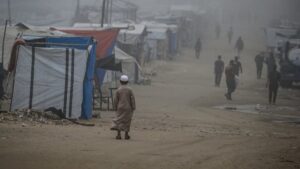
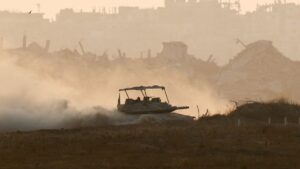
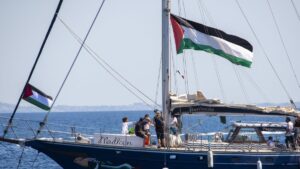
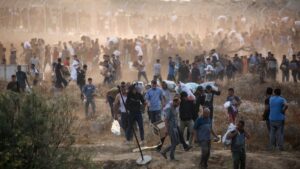
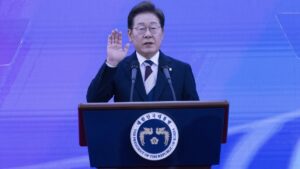
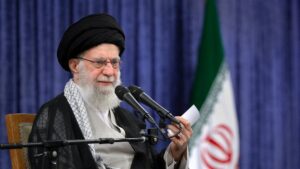
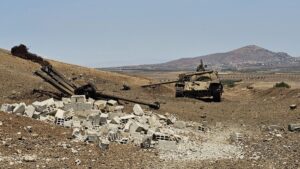

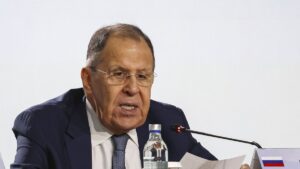
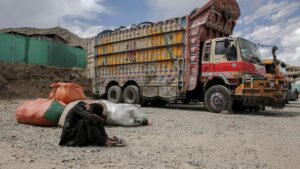
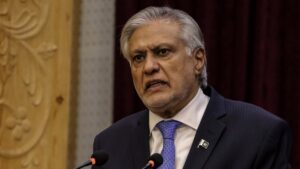
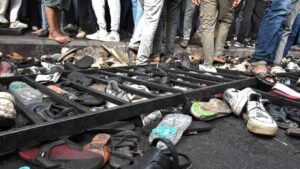


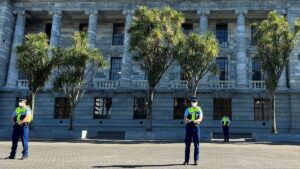

Be First to Comment